For every Jared McCain, there are thousands of kids training until their bodies ache, only to quit before high school ends. McCain’s story illustrates how rare it is: Tackle Smart estimates that only 0.03% to 0.4% of high school athletes will ever actually begin a professional career. The wide range – 0.03 to 0.4 – comes from the variety of different sports. Certain sports are more competitive than others and offer fewer opportunities. Therefore, of the over 8 million student-athletes in the U.S, only 2,800 of those students will reach a pro-level career.
Those jarring numbers are gradually going up, though. During the previous 2024–2025 school year, high school athletic participation reached a record high, with a 200,000-player increase, according to NFHS News. This rise indicates that more teenagers than ever are pursuing elite-level dreams. According to the Centers for Disease Control and Prevention (CDC), 54.1% of children between the ages of 6 and 17 participate in sports. This widespread involvement results in more exposure to intense training from a young age. These teens are inspired by famous athletes like Coco Gauff and LeBron James, who began their professional athletic careers as juniors. A tennis player said, “Just this past weekend, I played tennis for over seven hours. I love my sport and I work really hard to be the best I can at it.”
Coaches are noticing the intensity, too. Coach Mitchell, the girls’ varsity basketball coach here at Santiago, said, “You have to put a lot of time into basketball to be good at it…we practice for at least 12 to 14 hours a week.” Intense schedules like this show the grueling work teenage athletes are putting in to achieve their goals.
Here in Corona, California, we have produced athletes capable of reaching elite levels. Monique Billings now plays for the Golden State Valkyries. She graduated from Santiago High School in 2014. During her high school career, she was ranked #38 nationally, according to ESPN. Mitchell explained, “Realistically, it’s like one in 300,000 that somebody would go pro. Now, could you get one of those in your school? Yeah, we did… She played in the first championship at Santiago… She’s one of the students from our school who has made it. And so [we’re] happy about that.” This illustrates that with extensive commitment, it is possible to achieve your dreams.
Even those who succeed, however, travel down paths filled with both mental and physical challenges. “The biggest mental and physical challenge that I see is when players just put too much pressure on themselves to perform at a high level too soon,” said Muñoz, the varsity tennis coach at Santiago High School. “Tennis should be the best part of their day, and when that’s not in the forefront… they’re going to burn out too soon, and not continue with the sport.”
Burnout isn’t uncommon. The Center for Sports Leadership and Learning found that 70% of kids quit organized sports by the age of 13 due to early specialization, loss of joy, or inequity in opportunities. This pressure intensifies when competing at a young age. Even students here at Santiago High School are losing interest in what was once their passion. “I think I lost interest in the game because it’s all I’ve ever really done,” said a student soccer player.
Naomi Osaka, too, has been very open about her mental struggles brought on by her tennis career. As stated by Vogue, Osaka said, “For so long I tied winning to my worth as a person… anyone who’d know me would know me for being a tennis player, so what am I if I’m not a good tennis player?” Osaka has been playing tennis since she was three years old, according to NBC Olympics. She still struggles with self-worth, but she has become an advocate for others in similar positions.
Burnout isn’t just a mental struggle, though. Naomi Osaka began professional tennis at just sixteen. She has experienced numerous on-court injuries. Specifically, she was forced to withdraw from the Melbourne Summer Set semifinals due to an abdominal injury. “Sad to withdraw due to injury from my match today, my body got a shock from playing back-to-back intense matches,” said Osaka on X, according to Tennis.com. This case shows the injuries that can be caused by overworking.
As the number of teens pursuing professional careers increases, it is essential to show our young athletes how to handle the immense pressure that comes with it. As athletic engagement is on the rise, so are mental health concerns. Athletes for Hope (AFH) offers the Whole Being Athlete Program. AFH writes, “The Whole Being Athlete Program unites and empowers athletes of all levels and backgrounds to work together and reduce the stigma of mental health in and out of sports.” Programs like these offer support to our students, but there are other ways to reach out. “Make sure you have a good foundation,” said Carlos Castillo, our boys’ basketball coach. “The people who are helping you pursue your goals, those are the people who should be holding you accountable.”
Although some teenagers succeed in professional careers, these jobs also present challenges and issues. There are mental and physical risks that a teen athlete must be ready to face. Dreams are achievable, but they require intense work, support, and self-care. Michael Phelps struggled during the zenith of his career, but by confronting these challenges, he showed the ability to stay true to himself. Therefore, the question isn’t who will make it to the top, but who will be able to maintain their identity along the way.

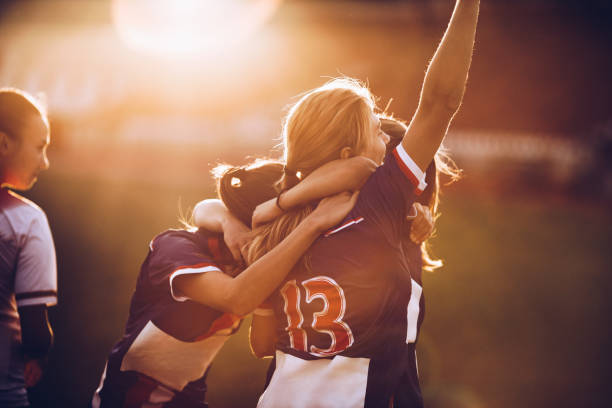
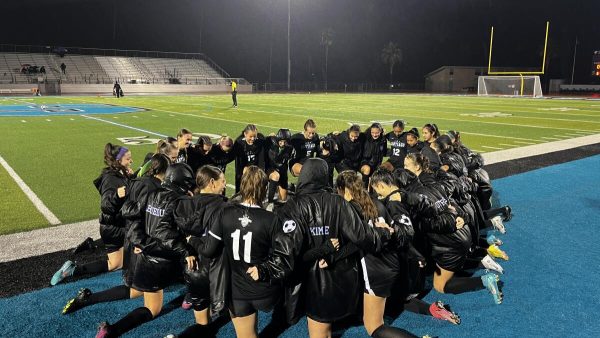
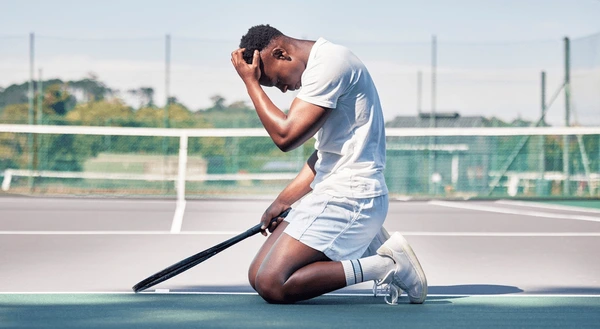

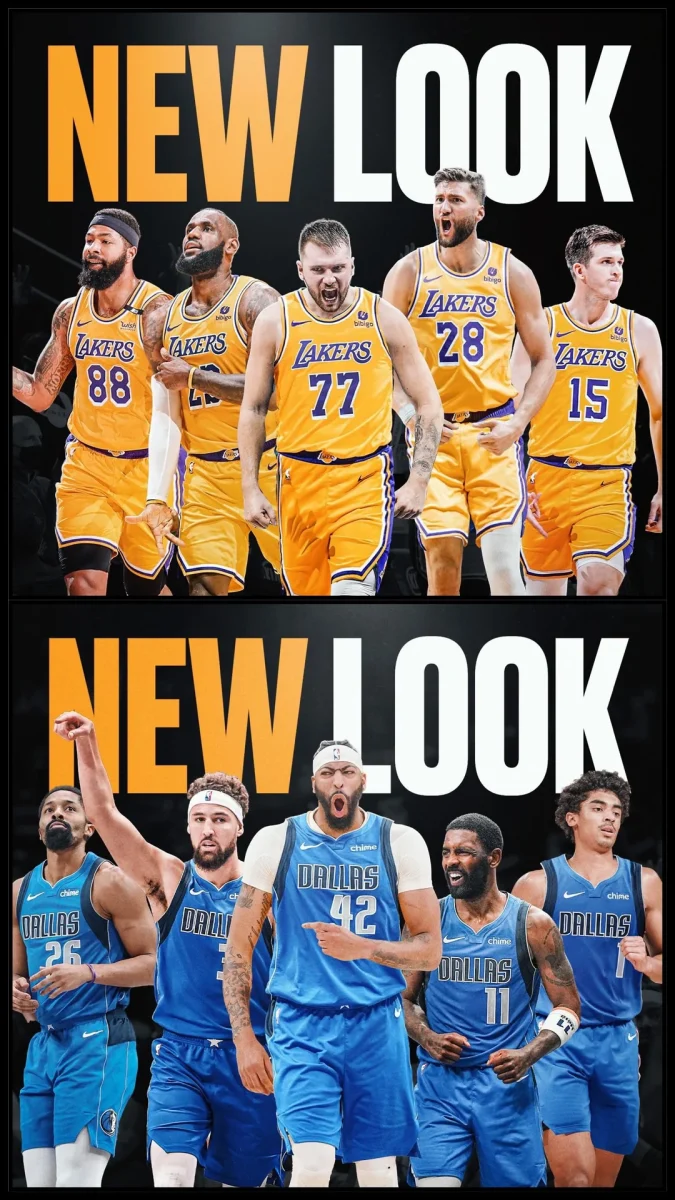
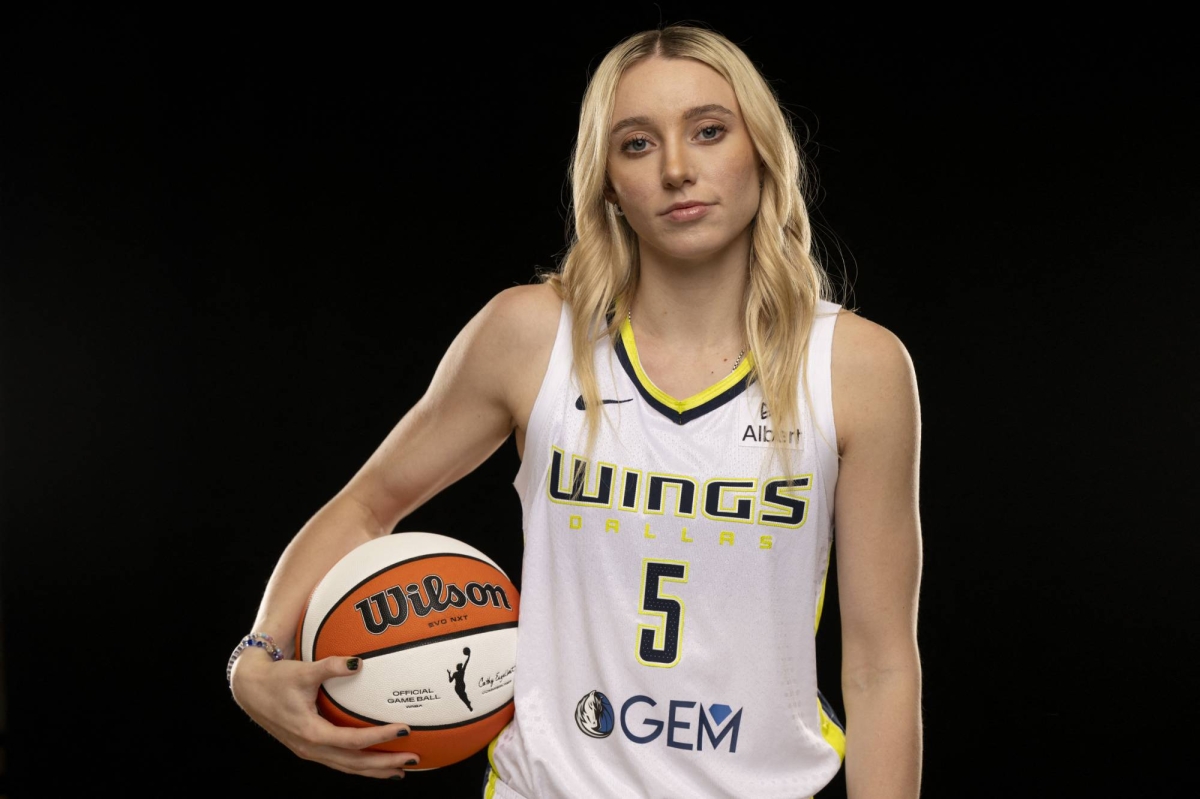
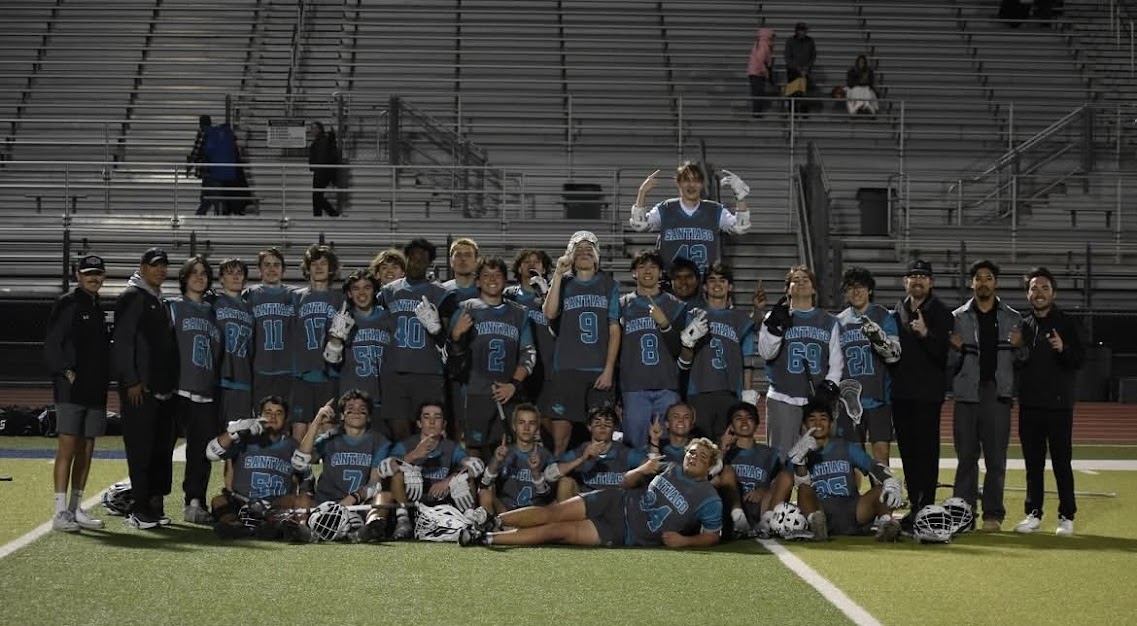



Sophia • Sep 26, 2025 at 5:20 am
Really enjoyed this article. It does a great job showing the passion and hard work behind chasing sports dreams, while also reminding us how important balance and mental health are, along the way.